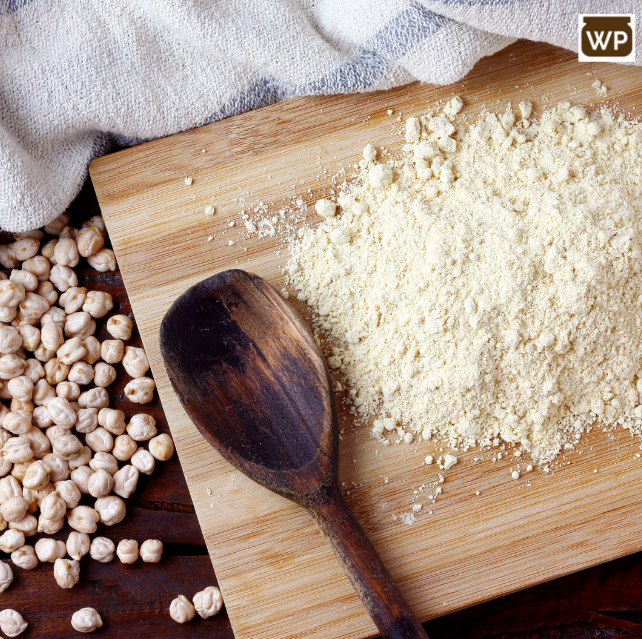Chickpea flour, also known as gram flour, besan, or garbanzo bean flour, is a finely ground flour made from dried chick pea flour. This gluten-free, nutrient-rich flour has been a staple in many cultures for centuries. Today, it’s gaining widespread popularity for its versatility, health benefits, and ability to fit into various dietary lifestyles, including vegan, gluten-free, and high-protein diets.
Nutritional Benefits of Chickpea Flour
High Protein Content: Chickpea flour is an excellent plant-based protein source, making it ideal for vegetarians and vegans. One cup of chickpea flour contains around 20 grams of protein, which supports muscle repair, immune function, and overall body health.
Rich in Fiber: It is high in dietary fiber, which aids digestion, promotes gut health, and helps regulate blood sugar levels. The fiber content also helps with weight management by keeping you fuller for longer.
Gluten-Free: Since chickpea flour is naturally gluten-free, it serves as a great alternative for people with celiac disease or gluten sensitivities. It can be used in various gluten-free baking and cooking applications.
Low Glycemic Index: Chickpea flour has a low glycemic index, meaning it won’t spike blood sugar levels as much as refined wheat flour. This makes it a suitable option for those with diabetes or anyone looking to maintain steady energy levels.
Rich in Vitamins and Minerals: Chickpea flour is loaded with essential vitamins and minerals such as folate, iron, magnesium, and potassium. These nutrients support various bodily functions, including heart health, blood cell production, and nerve function.
Culinary Uses of Chickpea Flour
1. Baking
Chickpea flour can be used in baking as a substitute for wheat flour, particularly in gluten-free recipes. Its high protein content adds structure to baked goods, and it works well in everything from breads and muffins to cookies and cakes.
2. Pancakes and Flatbreads
In many cultures, chickpea flour is a go-to ingredient for making flatbreads like Indian socca or besan chilla, a savory pancake often filled with vegetables and spices. These dishes are easy to prepare and offer a healthy, protein-packed alternative to traditional pancakes and breads.
3. Thickening Agent
Chickpea flour can be used as a thickening agent in soups, stews, and sauces. Its natural creaminess adds body without needing to rely on wheat-based thickeners. Additionally, it imparts a slightly nutty flavor, enhancing the richness of the dish.
4. Batter for Frying
In many cuisines, chickpea flour is used to create batter for frying vegetables, meats, or seafood. In Indian cuisine, it is a key ingredient in pakoras (vegetable fritters) and bhajis, while Mediterranean cuisine uses it to make falafel. The flour creates a crisp and golden crust when fried while remaining light and not overly greasy.
Conclusion
Chick pea flour is a versatile and nutrient-dense option for anyone looking to incorporate more plant-based proteins, fiber, and vitamins into their diet. Whether you’re using it in traditional dishes or experimenting with new recipes, chickpea flour can be an excellent staple in your kitchen, offering health benefits and culinary flexibility.

